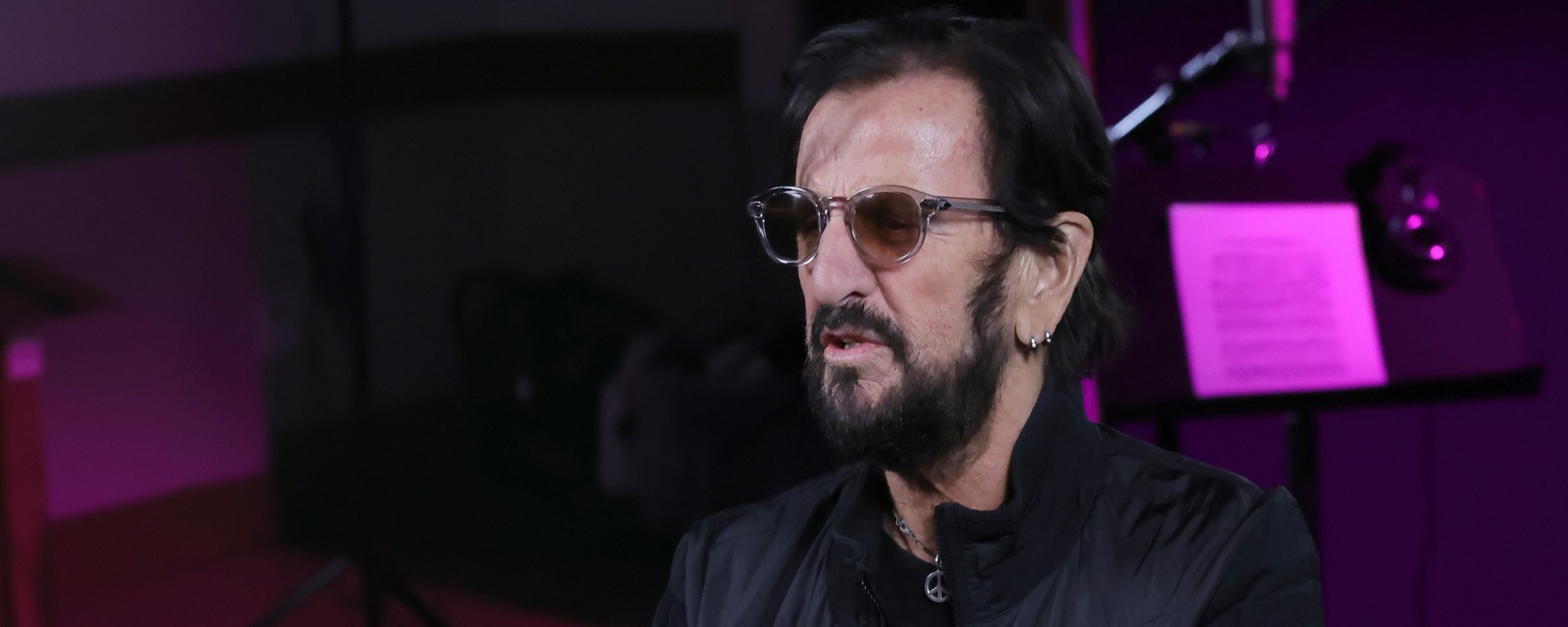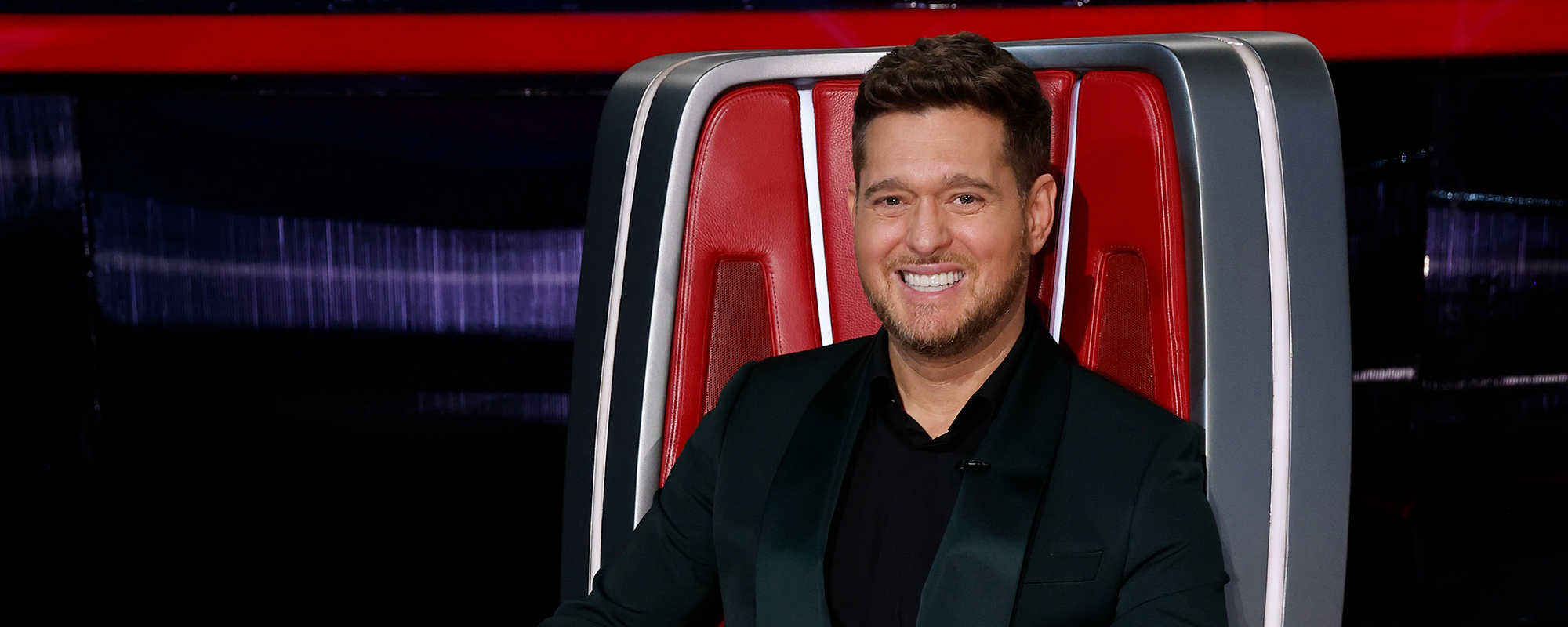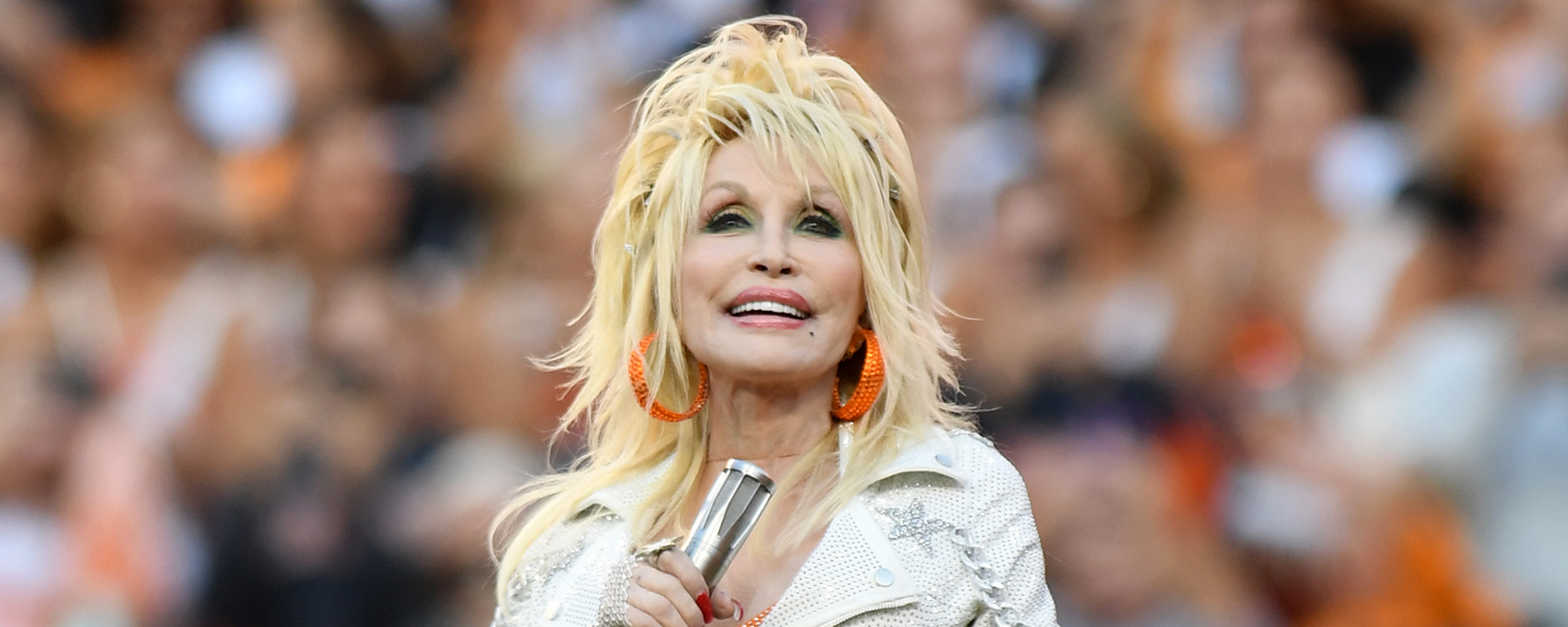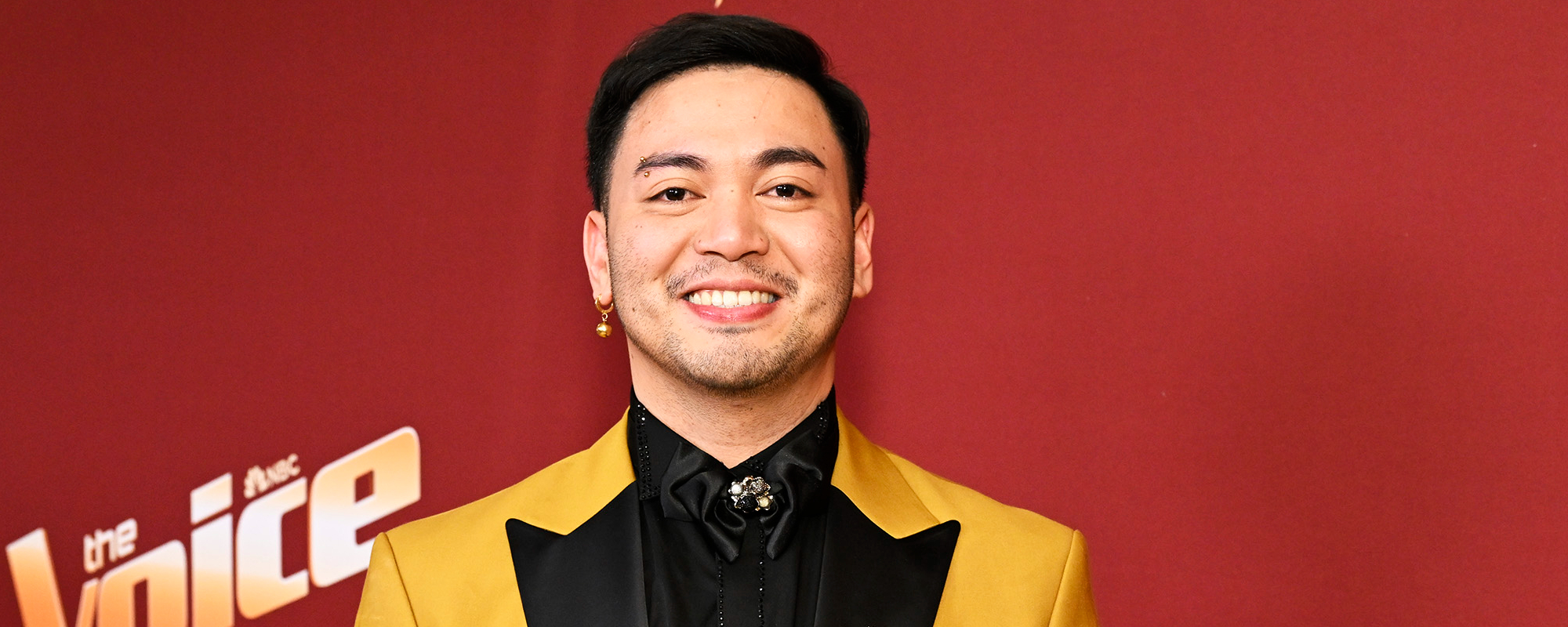To celebrate Pride Month, we are looking at the top genres that the LGBTQ+ community has influenced, one of which is hyperpop.
Videos by American Songwriter
Many associate the queer community with the bright sounds of disco, the boppy beat of house, or even the growing folk genre because of queer interest in artists like Hozier and Phoebe Bridgers. Yet, the queer community not only influences genres but creates them too. Today, members of the queer community have exploded into fame from the fairly new subgenre known as hyperpop.
So, what exactly is hyperpop?
Made popular by TikTok, hyperpop is both a musical movement and a subgenre distinguished by a maximalist, avant-garde, and over-exaggerated pop music. It draws from plenty of musical styles—pop, hip hop, electronic, and dance music—which is why it’s so unique. Because there are so many musical styles placed in this one subgenre, it encompasses an array of artists like 100 Gecs, Charli XCX, A.G. Cook, and even Rico Nasty. You can hear how the sound developed from EDM artists like Porter Robinson and Flume through their booming 808s and cutting glitch-like synths.
The genre is almost like the cute aggression phenomenon—like when you see a puppy and you just want to eat that little guy up. But instead of puppies, it’s for music. It layers these hyper-melodic sounds with pitched metallic vocals and percussions but with dark and angsty lyrics.
What we know about hyperpop lyricism and music videos.
I went onto the hyperpop playlist on Spotify and found the cute aggression phenomenon. To start, I clicked on the first song in the playlist, which was “i wanna slam my head against the wall” by glaive. Listening to it, I heard a calm acoustic guitar intro backed with serene shakers and flute. The 808 drums come in and build-up to the chorus with a synth-filled glitch-like dance music drop that’s supposed to fill you with euphoria. At the drop, glaive’s lyrics juxtapose the euphoric pulsating tune as he sings, For the last two years, I’ve been all alone/For my last few peers, I hope you fucking choke/I’m on the brink of insanity inside my own home/I wanna slam my head against the wall ’til I cannot feel at all/She doesn’t really like me, she likes alcohol.
So, naturally, I went to YouTube and clicked on the music video. The video began with glaive walking out of what is presumed to be his house after receiving a text that upset him. He looks at the camera and gives an over-joyous smile and waves—his nails freshly manicured and painted like a neon rainbow. The music video looks like it could be produced on iMovie as he walks around his house and surrounding neighborhood areas singing with his slightly-off lip-synched lyrics. Occasionally, his outline would appear against a lava lamp-esque background while he sings. One of the YouTube comments notes that he looks so happy singing about hurting himself.
glaive’s music and music video are minimalist, yet its connotations as a whole are over-exaggerated as it harps on the stereotypes of pop music—superficial, up-beat with in-organic production. Hyperpop as a genre is contradictory and a playful stab to everything pop music, yet so predictable to the Gen-Z generation that has made it a hit. Just like Gen-Z’s obsession with a meme, in some ways, the genre is a meme itself. It expands on the generation’s desire to rebel against societal norms and produces a nihilistic aura. It’s ironic but serious in its irony.
The genre’s allegiance to the queer community
Many artists that make up the genre identify as queer, trans, nonbinary, or gay like SOPHIE, Arca, Laura Les, and Dorian Electra. The increasingly popular queer community within hyperpop could stem from the genre’s close allegiance to EDM and the queer community’s close allegiance to rave and club culture.
In an interview with Vice, SOPHIE mentions that she “wants to create spaces that would allow for that kind of expression to take place; free, musical, decadent spaces. Not decadent in a material way, but decadent in terms of complete freedom of expression…I’ve never really been particularly into karaoke-style performance or a drag race style thing. That’s not an influence on me. I’ve always dreamt of creating some sort of community atmosphere, which is queer, fluid, diverse, genderless, dynamic… I guess I felt like a lot of the culture around club nights in London was very macho when I started doing music. I did want to bring something different, to try and open up a different space for people.”
It is through her performances and music videos that she bridges the gap between private and public life, what is unseen and seen, and what is unheard and heard.
Many people believe that hyperpop can’t truly exist without its queer counterpart. The avant-garde and ironical qualities that define the genre are in crucial alliance with the queer community due to their rebellion against binary norms, much like how hyperpop is in rebellion with the confines of pop music.
Photo and Art Credits: Kevin-Ulibarri (Photo) and Ksti-Hu (Art)












Leave a Reply
Only members can comment. Become a member. Already a member? Log in.